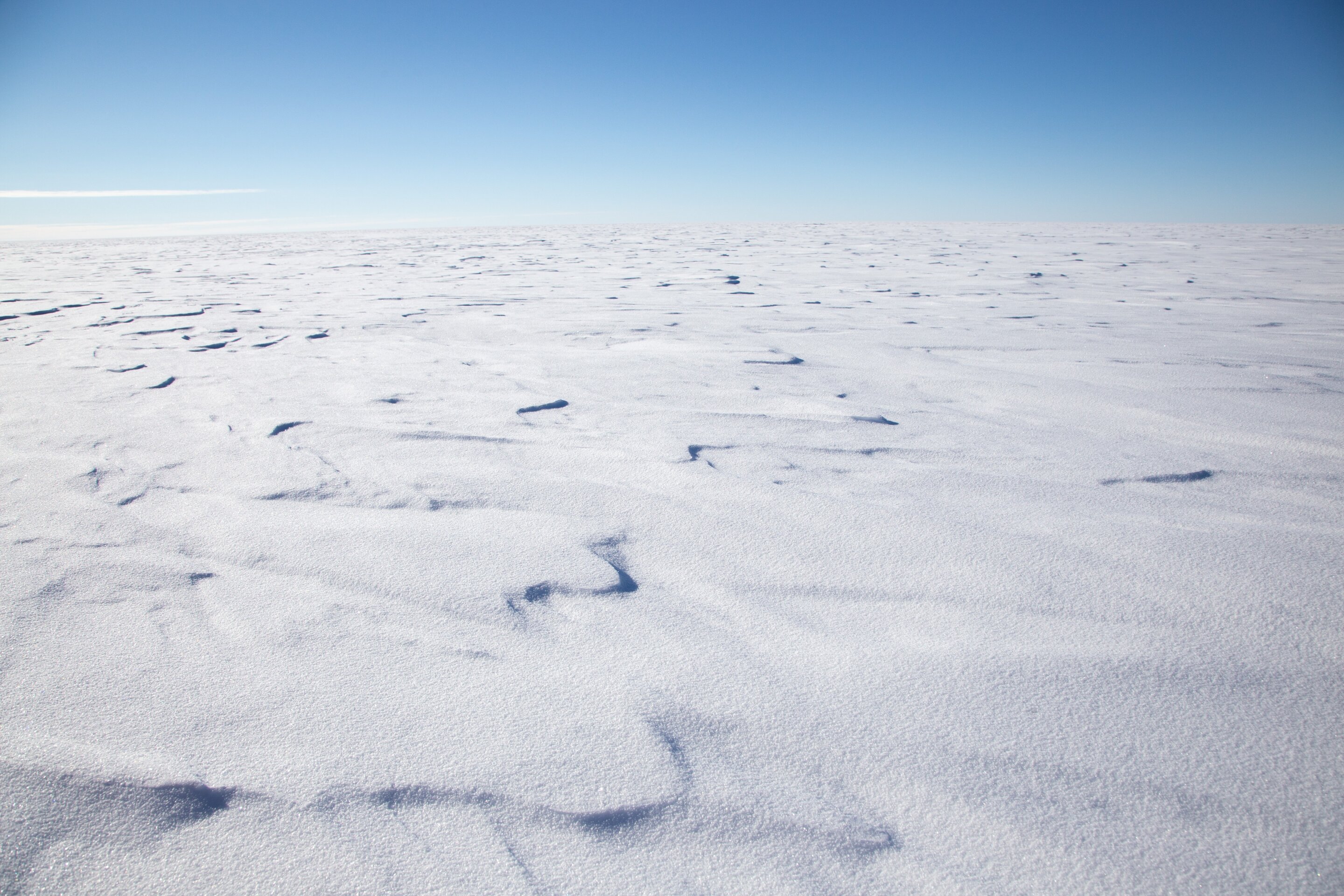World
‘Doomsday’ glacier set to melt faster and swell seas as world heats up, say scientists

Tidal action on the underside of the Thwaites Glacier in the Antarctic will “inexorably” accelerate melting this century, according to new research by British and American scientists. The researchers warn the faster melting could destabilize the entire West Antarctic Ice sheet, leading to its eventual collapse.
The massive glacier—which is roughly the size of Florida—is of particular interest to scientists because of the rapid speed at which it is changing and the impact its loss would have on sea levels (the reason for its “Doomsday” moniker). It also acts as an anchor holding back the West Antarctic ice sheet.
More than 2 kilometers (1.2 miles) thick in places, Thwaites has been likened to a cork in a bottle. Were it to collapse, sea levels would rise by 65 centimeters (26 inches). That’s already a significant amount, given oceans are currently rising 4.6 millimeters a year. But if it led to the eventual loss of the entire ice sheet, sea levels would rise 3.3 meters.
While some computer models suggest reductions in greenhouse gas emissions under the 2015 Paris Agreement may mitigate the glacier’s retreat, the outlook for the glacier remains “grim,” according to a report by the International Thwaites Glacier Collaboration, or ITGC, a project that includes researchers from the British Antarctic Survey, the U.S. National Science Foundation and the UK’s Natural Environment Research Council.
Thwaites has been retreating for more than 80 years but that process has accelerated in the past 30, Rob Larter, a marine geophysicist who contributed to the research, said in a news release. “Our findings indicate it is set to retreat further and faster.” Other dynamics that aren’t currently incorporated into large-scale models could speed up its demise, the new research shows.
Using a torpedo-shaped robot, scientists determined that the underside of Thwaites is insulated by a thin layer of cold water. However, in areas where the parts of the glacier lift off the seabed and the ice begins to float, tidal action is pumping warmer sea water, at high pressure, as far as 10 kilometers (6 miles) under the ice.
The process is disrupting that insulating layer and will likely significantly speed up how fast the grounding zone—the area where the glacier sits on the seabed—retreats.
A similar process has been observed on glaciers in Greenland.
The group also flagged a worst-case scenario in which 100-meter-or-higher ice cliffs at the front of Thwaites are formed and then rapidly calve off icebergs, causing runaway glacial retreat that could raise sea levels by tens of centimeters in this century. However, the researchers said it’s too early to know if such scenarios are likely.
A key unanswered question is whether the loss of Thwaites Glacier is already irreversible. Heavy snowfalls, for example, regularly occur in the Antarctic and help replenish ice loss, Michelle Maclennan, a climate scientist with the University of Colorado at Boulder, explained during a news briefing. “The problem though is that we have this imbalance: There is more ice loss occurring than snowfall can compensate for,” she said.
Increased moisture in the planet’s atmosphere, caused by global warming evaporating ocean waters, could result in more Antarctic snow—at least for a while. At a certain point, though, that’s expected to switch over to rain and surface melting on the ice, creating a situation where the glacier is melting from above and below. How fast that happens depends in part on nations’ progress to slow climate change.
2024 Bloomberg L.P. Distributed by Tribune Content Agency, LLC.
Citation:
‘Doomsday’ glacier set to melt faster and swell seas as world heats up, say scientists (2024, September 23)
retrieved 23 September 2024
from https://phys.org/news/2024-09-doomsday-glacier-faster-seas-world.html
This document is subject to copyright. Apart from any fair dealing for the purpose of private study or research, no
part may be reproduced without the written permission. The content is provided for information purposes only.









